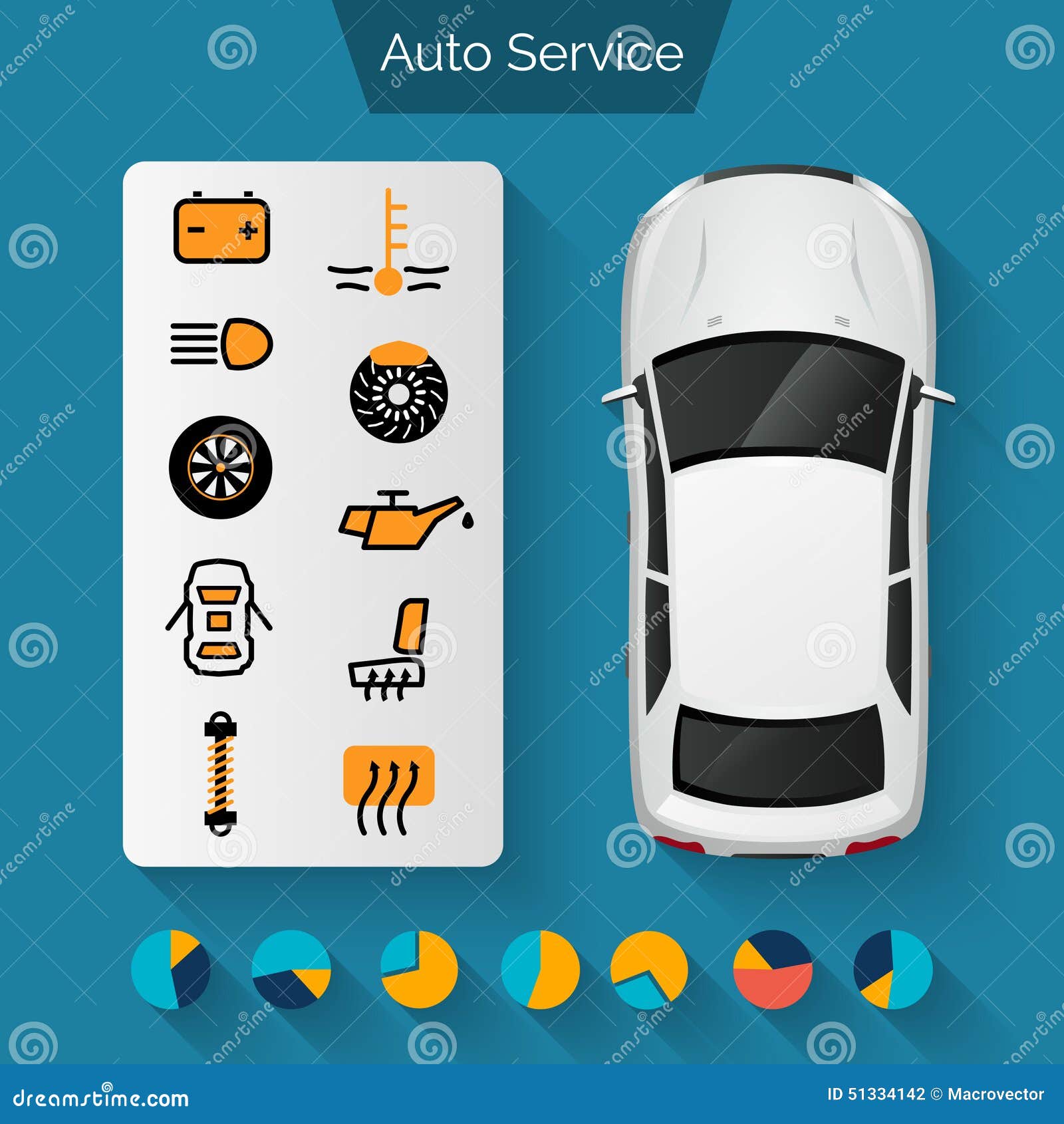How To Recognize One Of The Most Prevalent Caution Lights On Your Control Panel And What They Show
How To Recognize One Of The Most Prevalent Caution Lights On Your Control Panel And What They Show
Blog Article
Authored By-Pappas Juarez
When you lag the wheel, those dashboard caution lights can be a real enigma. But did you understand that deciphering them can save you from prospective auto troubles in the future? From the threatening check engine light to the subtle oil stress warning and the ever-important battery light, every one acts as a vital signal from your vehicle. It's time to clarify these usual dashboard warnings and furnish on your own with the knowledge to navigate the road in advance.
Understanding the Check Engine Light
When your dashboard illuminates with the check engine light, it is essential not to panic yet to take immediate action. The check engine light functions as a caution that your car's onboard diagnostic system has actually discovered a prospective problem with the engine, discharges, or other important elements. Disregarding this light can cause much more severe problems down the road, so it's important to resolve it quickly.
To recognize the resource of the concern causing the check engine light, you can use an OBD-II scanner to obtain the details problem codes kept in your lorry's computer system. These codes provide useful details that can aid pinpoint the underlying issue.
While some issues triggering the check engine light may be minor, such as a loosened gas cap, others can indicate much more considerable issues that require professional focus.
Translating the Oil Pressure Warning
Upon experiencing the oil stress warning light on your dashboard, immediate focus is imperative. This caution indicates that the oil stress in your engine might be as well reduced, which can bring about significant engine damage otherwise addressed promptly. Reduced oil pressure can be caused by a variety of problems such as a leak, a faulty oil pump, or reduced oil degrees. Disregarding https://www.kbb.com/car-news/war-in-ukraine-halts-some-porsche-vw-production/ might lead to costly fixings or even engine failure.
If you see the oil stress alerting light begun, the very first step is to securely pull over sideways of the roadway and turn off your engine. Examine the oil level making use of the dipstick and ensure it goes to the advised level.
If the oil level is reduced, leading it up with the appropriate oil for your lorry. If the oil degree suffices, don't continue driving and seek assistance from a mechanic to identify and deal with the concern quickly. Remember, preserving appropriate oil stress is crucial for the health and durability of your engine.
Analyzing the Battery Light
To understand the value of the battery light on your dashboard, you must comprehend its essential function in your automobile's electric system. When the battery light illuminates while you're driving, it suggests that the electric system isn't obtaining adequate power from the battery.
This could be due to a stopping working battery, a damaged generator, or problems with the billing system. Overlooking this alerting light could lead to your car delaying or being unable to start.
If the battery light begins, it's recommended to securely pull over and have your car checked by a technician asap. They can perform diagnostics to identify the underlying concern and protect against a potential malfunction.
Conclusion
Since you know how to identify one of the most common warning lights on your control panel and what they imply, you can deal with any prospective problems immediately. Remember, the check engine light, oil stress caution, and battery light are all important indicators of your vehicle's health and wellness. Keep informed, stay secure, and keep your vehicle running efficiently by paying attention to these warning signs.
